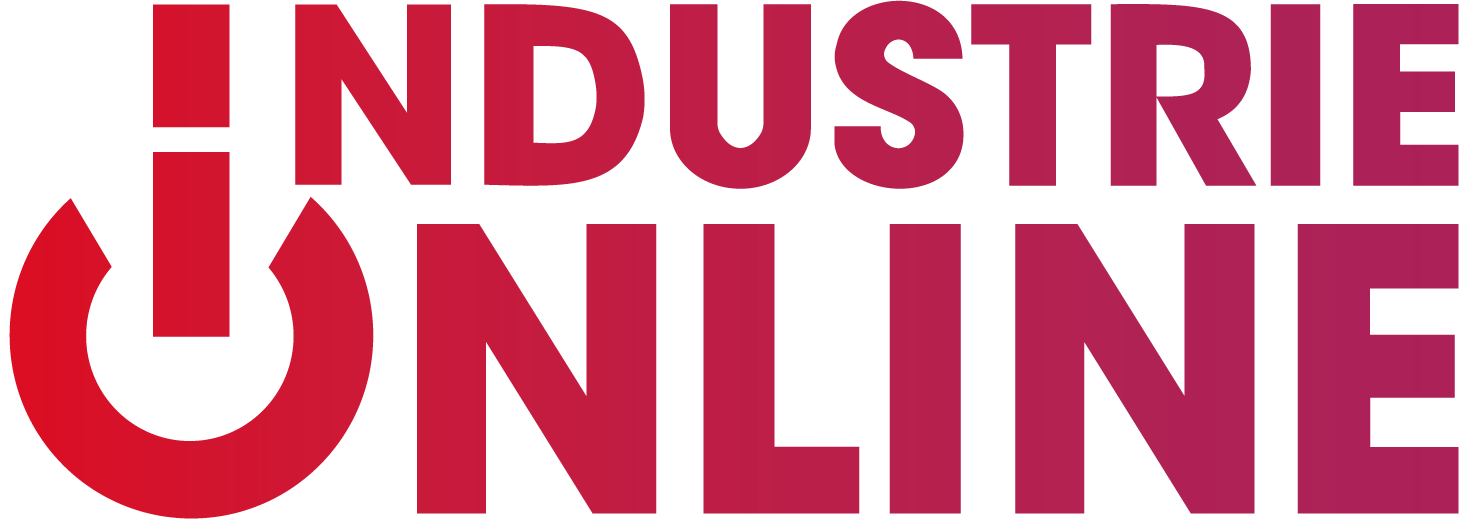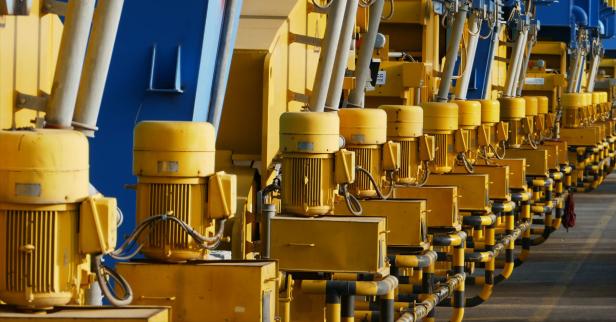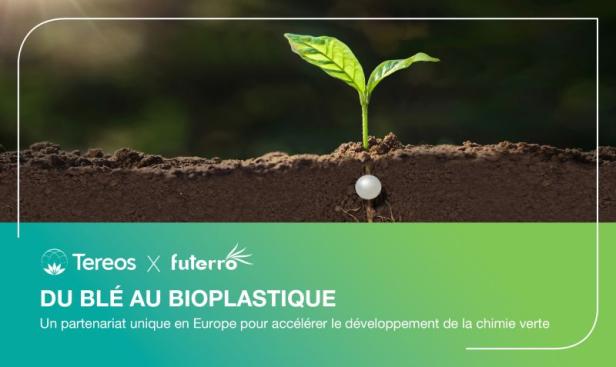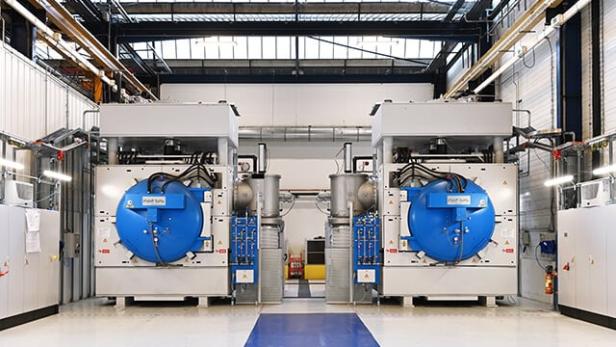Five trends which will boost industry in 2022
Between the meteoric emergence of the Omicron variant and record energy price increases across the globe, several lingering threats loom over the industry. However, players in the sector can look forward to 2022 with confidence, with plenty of reasons for optimism.
Focus on five trends that should mark this new year.
1- Exponential needs in the renewable energy sector
There is now a consensus: the energy transition is essential for the future of the planet. As such, many States and companies have made it a strategic priority. Real, the global dynamic around renewable energies resulted in 2021 by a record with the installation of 290 gigawatts (GW) of new capacities in the world. For their part, the major global groups – from Danone to Engie via Microsoft or L'Oréal – are announcing, one after the other, a carbon neutrality objective, on a horizon varying between 2030 and 2050. Like the challenge, the needs are colossal.
Production and storage of renewable energy, decarbonization of the industrial and transport sectors, thermal renovation of buildings and housing, implementation of smart electricity networks: each of these areas calls for massive industrial responses supported by large-scale investments. In addition, carrying out the ecological transition of the sites themselves should constitute a key project for the players in 2022, with the implementation of the optimization of the management of resources, the monitoring of the carbon footprint via data as well as various solutions such as waste heat recovery.
This global movement should be driven by a great novelty that will mark the environmental subject in 2022: the entry into force, since January 1, of the European taxonomy. This classification of activities to direct investments towards sustainable activities is intended to become a decisive accelerator.
2- The continued rise of AI
In 2022, the transformation towards Industry 4.0 is expected to affect almost all sectors of industry. Optimization of the supply chain, management and forecasting of stocks, supply and production chains, preventive or even predictive maintenance, automation of quality control, self-guided trolleys within production workshops… applications of Artificial Intelligence (AI) will continue to develop, relying in particular on digital twins and the innovations implemented by a growing number of start-ups active on the subject.
Overall, a study by Garter predicts that AI software will grow by more than 21% in 2022, with a total value of $63 billion. One of the key levers will be in-vehicle AI and real-time adoption, which Forrester analysts predict could increase by 20% in 2022, providing the opportunity to remove the latency between indicator production, decisions and their results.
3- Industrial production boosted by the use of digital at all stages
The digitization of companies would be responsible for more than 2.5% of productivity per year over the last ten years. Such a trend will inevitably continue to mark the industry, beyond the AI dimension alone, for ever more efficient production methods. The implementation of agile solutions in particular – with the confirmation of the renunciation of all ERP (Enterprise Resource Planning) – will increase the ability of players to demonstrate responsiveness to volatile customer demands.
To meet these immense challenges, French industrial players will be able to rely in 2022 on new assets, starting with 5G connectivity. Like Germany – which already had several hundred networks built directly by companies in 2021 – the deployment of 5G should act as an accelerator. The key: peak speeds of 20 Gbps, up to 20 times faster than 4G, representing unprecedented potential for the connectivity of sensors, devices and machines in the Internet of Things (IoT). The French government has thus invested more than 700 million euros to support industrial projects based on 5G between now and 2025, i.e. a total exceeding 1.7 billion euros if private investment is included. Industry is a key use case for the technology.
4- An ever-increasing demand for personalized products
This is one of the most striking trends of the past two years: consumers want products that are ever more suited to their individual needs. Automotive, medicine, luxury, cosmetics, clothing… Key to the now unavoidable notion of “customer experience”, personalization is asserting itself as a major market trend in a wide variety of sectors.
For manufacturers, the challenge is to be able to adapt their production chain in real time (or almost). The Graal ? The implementation of flexible sites, capable of producing small series competitively, relying in particular on extensive expertise in data management and customer journeys. The challenge for manufacturers is obviously not to compromise their profitability... Good news on this point: a study by Deloitte shows that their customers are ready to pay up to 20% more – and wait more – to receive a product individualized.
5- A dynamic of relocation
In France as in the United States, the relocation of industrial sites has been a real sea serpent for several years, even decades. By causing the sudden pause of many activities around the world, the health crisis linked to COVID has showed the limits and weaknesses inherent in a fully globalized system, marked by strong interdependence. Faced with this observation, the public authorities have endeavored to promote the relocation of industrial players to the territory.
If the results are for the moment marginal, the industry barometer published in December 2021 by the firm Trendeo points out that the distance between the place of decision of the investment and the place of the investment was on average 3120 kilometers in mid-2021, i.e. a significant drop of 5% worldwide. In France, around fifty relocations were recorded in 2021, facilitated in particular by financial aid from the government and European Union recovery plan. Potentially the start of a larger movement that could benefit the entire sector, particularly in terms of image.
Our other news
See allJoin the largest community of industrial suppliers
- Helping you with your ongoing technology watch
- Provide you with detailed supplier statistics
- Give you international visibility
Discover the largest catalogue of industrial products on the market
- To offer you the best catalogue of industrial products on the market
- To guarantee you a 100% secure platform
- Enable you to have live remote exchanges


 Français
Français







